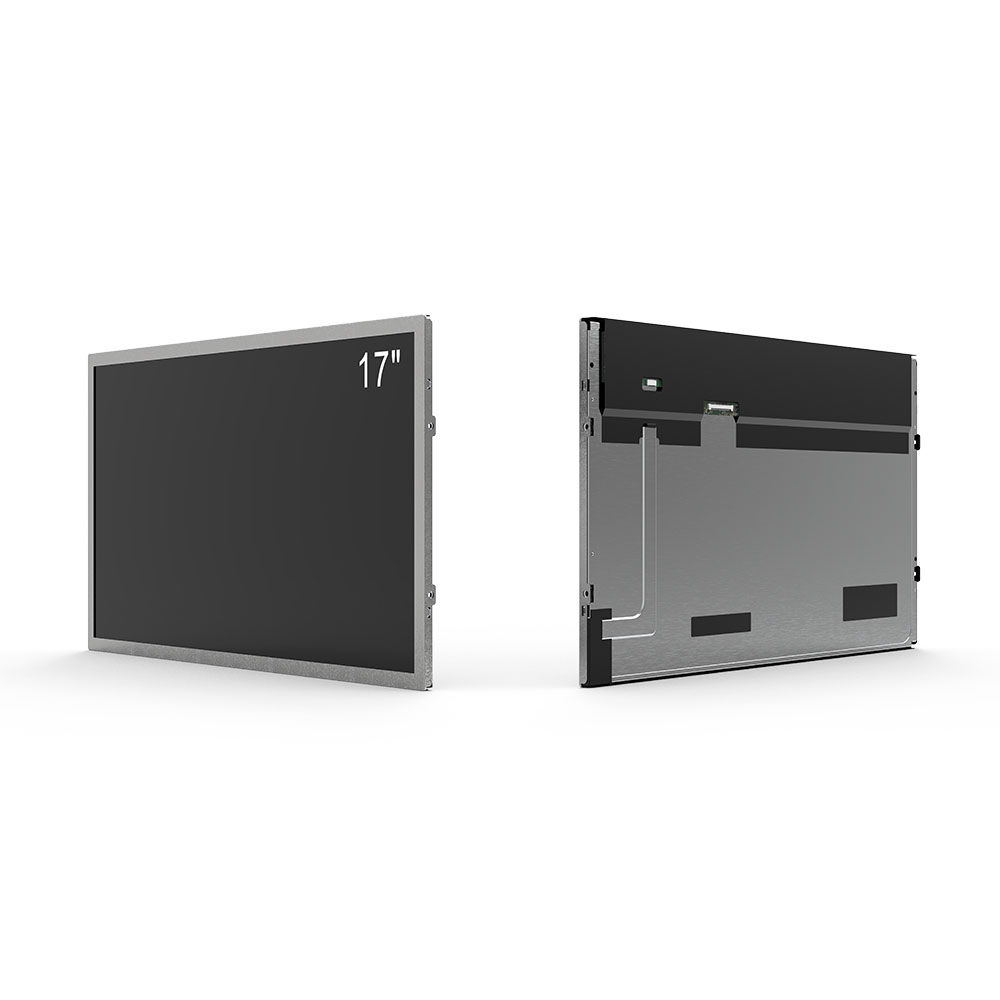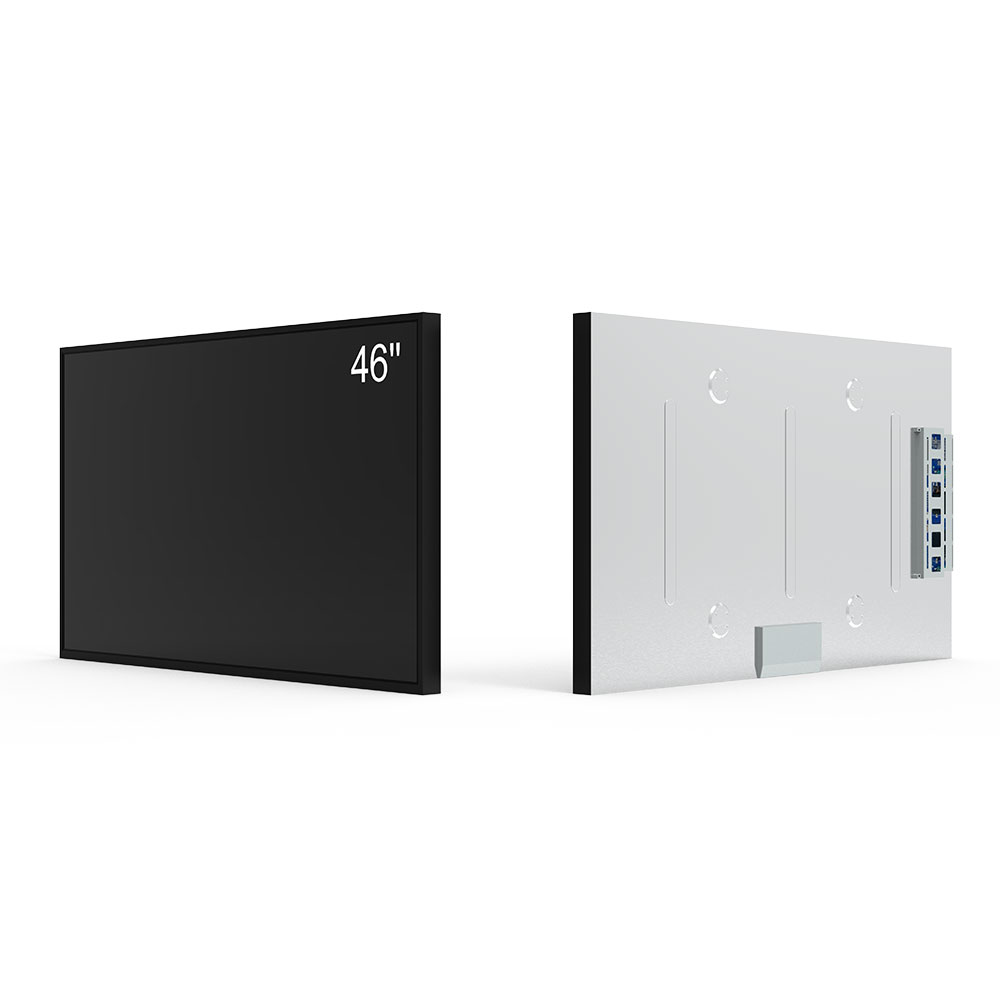In industrial environments—especially those exposed to direct sunlight, such as outdoor construction sites, transportation systems, or military operations—the clarity and durability of display screens are critical. A standard LCD screen may fail under harsh lighting conditions, leading to operational errors, safety risks, or downtime. That’s why sunlight-readable high-brightness LCD screens have become essential components in modern industrial design.
What Makes a Screen Sunlight-Readable?

A sunlight-readable LCD is engineered to maintain visibility under intense ambient light, typically exceeding 10,000 lux (the brightness of full daylight). Key features include:

- High Brightness Output: Most industrial-grade screens offer at least 3,000 nits of brightness—up to 5,000 nits in extreme conditions. For comparison, a typical office monitor emits around 300 nits.

- Anti-Reflective Coating: This minimizes glare by reducing surface reflection, allowing users to view content clearly even under direct sun exposure.
- Wide Viewing Angles: Often exceeding 170° horizontal and vertical, ensuring legibility from multiple angles—a necessity for team-based operations or equipment-mounted displays.
- Robust Housing and IP Ratings: Designed with sealed enclosures (IP65/IP67) to resist dust, water, and vibration, meeting MIL-STD-810G or similar military standards.
Why Industry Professionals Rely on These Displays
Field engineers, logistics managers, and defense personnel depend on these screens because they reduce human error and improve situational awareness. According to a 2023 study by the Society for Information Display (SID), operators using high-brightness LCDs experienced up to 40% fewer misreads in outdoor settings compared to standard displays. In sectors like mining, agriculture, and emergency response, where precision matters, this difference can be life-saving.
Key Considerations When Selecting a Sunlight-Readable LCD
1. Application-Specific Requirements: Will it be used indoors with occasional outdoor exposure, or fully outdoors? This affects brightness needs and environmental ratings.
2. Power Efficiency: Some high-brightness panels consume significantly more power. Evaluate total system power budgets, especially for battery-powered devices.
3. Touchscreen Compatibility: Capacitive or resistive touch must work reliably under gloves or wet conditions—common in oil & gas or cold-climate applications.
4. Certifications: Look for CE, RoHS, FCC, and ISO 9001 compliance, which ensure both performance and regulatory adherence.
Leading manufacturers such as LG, Sharp, and Panasonic now offer customizable solutions tailored for OEMs and end-users alike. Whether integrating into rugged tablets, control panels, or vehicle dashboards, the right sunlight-readable display enhances usability and reliability in real-world conditions.
Conclusion
Sunlight-readable high-brightness LCD screens aren’t just an upgrade—they’re a necessity for any industrial application operating in bright or variable lighting. By prioritizing brightness, anti-glare technology, environmental resilience, and proper certification, engineers and procurement teams can ensure long-term performance and user satisfaction across demanding environments.







